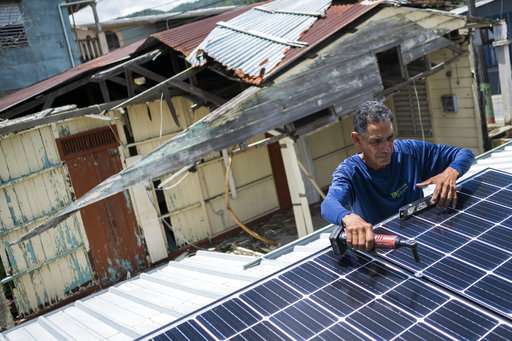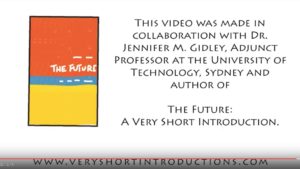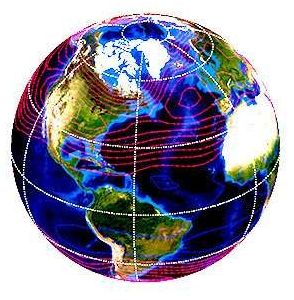Aug 1, 2018
Heatwave deaths will rise steadily by 2080 as globe warms up
Posted by Bill Kemp in categories: climatology, sustainability
If people cannot adapt to future climate temperatures, deaths caused by severe heatwaves will increase dramatically in tropical and subtropical regions, followed closely by Australia, Europe and the United States, a global new Monash-led study shows.
Published today in PLOS Medicine, it is the first global study to predict future heatwave-related deaths and aims to help decision makers in planning adaptation and mitigation strategies for climate change.
Researchers developed a model to estimate the number of deaths related to heatwaves in 412 communities across 20 countries for the period of 2031 to 2080.
Continue reading “Heatwave deaths will rise steadily by 2080 as globe warms up” »



















